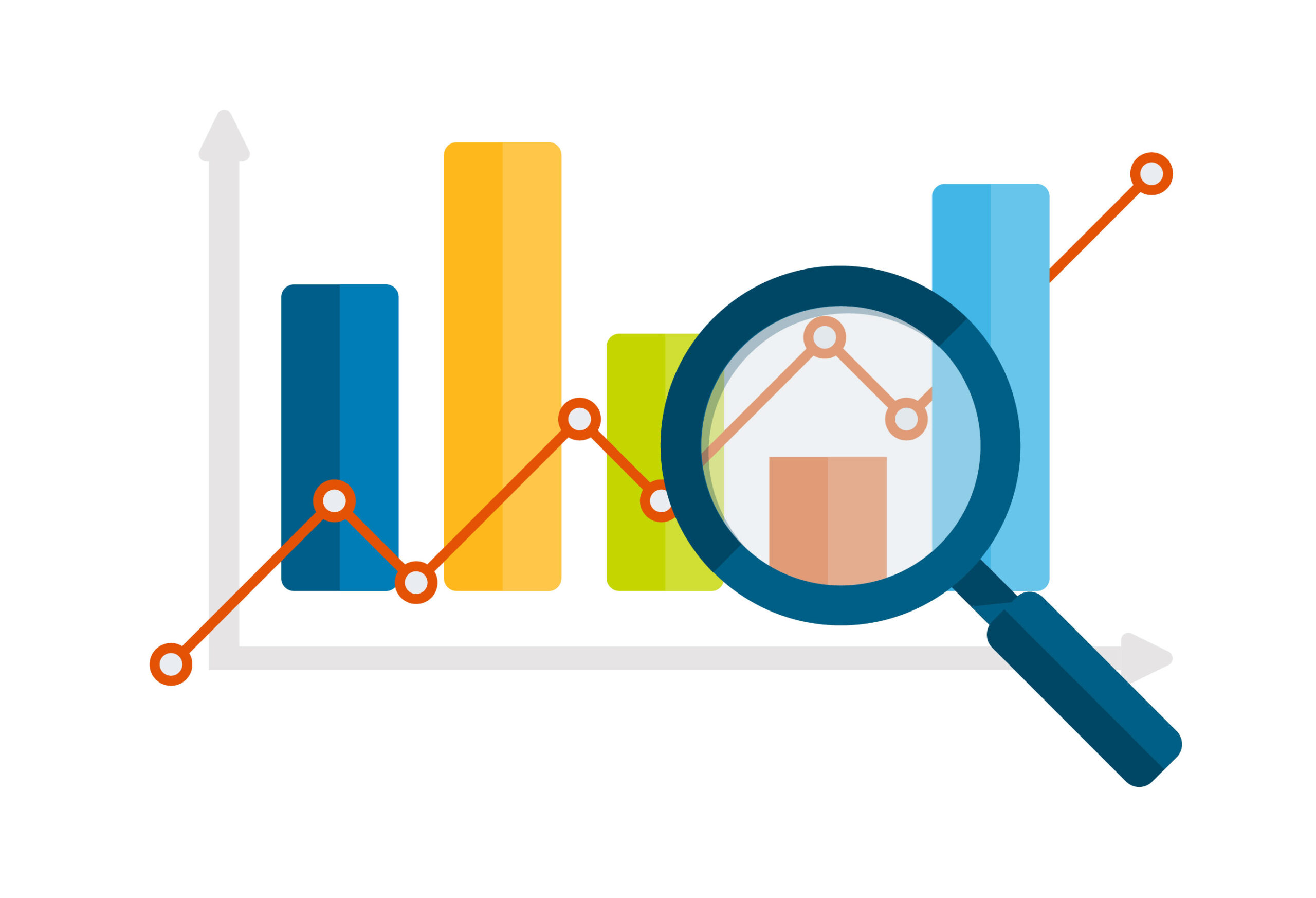A data analytics program can help you enter the flourishing global data industry as a data scientist. Data science has been dubbed as the ‘sexiest job of the 21st century’ by The Harvard Business Review.
A data analytics program contains all the relevant modules required for handling complex data from a business organization. You can expect to encounter subjects like databases and SQL, data exploration, statistics and linear algebra and Microsoft Excel. However, the exact number and type of modules in the program can vary as per the university and its curriculum.
If you are an aspiring data scientist, you can achieve your goals with a data analytics diploma. Pursuing a data analytics program can also introduce you to the required concepts for the industry. Have a look through the following subjects which you can find in any decent data analytics curriculum.
- Data design
Data design introduces you to the utilization and significance of data analytics in any industry. You learn a different kind of analytics outcomes required in an organization and how to design relevant data analytic techniques around these outcomes.
You also learn about different design deployment processes, data collection methods, and instruments and systems to collect them. You also gain an idea about the automation of these data collection techniques.
- Data handling and decision making
This module can introduce you to the theoretical and practical applications of handling and auditing data and using these insights for business decision making. You will gain the relevant skills to identify the analyzed data patterns and where they can be applied.
Apart from data handling, you will develop a knack for auditing existing data to identify irregularities and outliers. Some data analytics programs also introduce the ‘R’ programming language as a part of the module.
- Data utilization in SAS and SQL
Once you have gained the basic concepts of data handling, you will be introduced to data programming languages and tools such as SQL (Structured Query Language) and SAS (Analytics Software and Solutions).
These programming languages can make data designing, modelling, and analysis easier. You can also gain hands-on experience in using these tools for accessing and manipulating sample data to generate important insights.
- Data visualization and interpretation
After picking up SQL and SAS techniques, the data visualization and interpretation module will help you develop your data presentation and designing skills. You learn how to arrange and present analyzed data in a way that is understandable to non-technical people.
Through this module, you can learn the right usage of data presentation tools like graphs and charts by using tools like Tableau, D3 and Qlik Sense.
Some diplomas also have a research project or work placement module that lets you rack up practical experience in the data science industry.
If you want to specialize in data science, you can complement your diploma with a master’s program in data analytics. The master’s degree will allow you to study the above-mentioned subjects in greater detail. Invest in an appropriate data analytics diploma program today to start your data science career.

